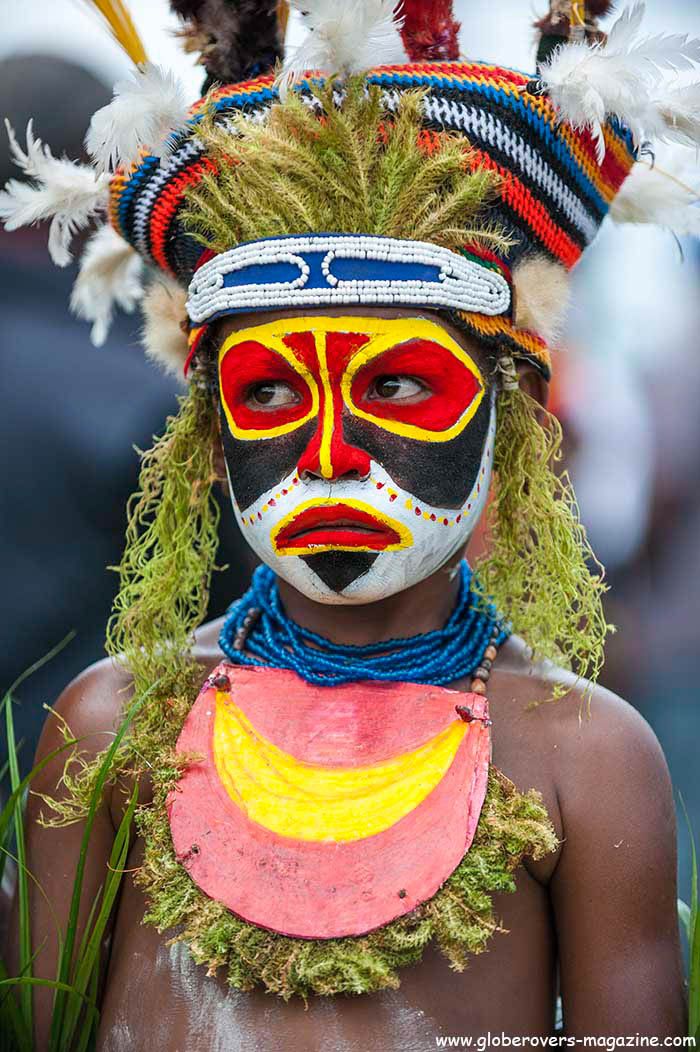Oklahoma’s Tribal Tapestry: Unraveling the State’s Diverse Native Heritage
Oklahoma’s Tribal Tapestry: Unraveling the State’s Diverse Native Heritage

Oklahoma’s landscape is as diverse as its people, and nowhere is this more evident than in the tapestry of Native American tribes that call this state home. The state’s rich history is interwoven with the stories of these tribes, their resilience, and their enduring cultural traditions. From the rolling plains to the rugged mountains, Oklahoma’s map is dotted with tribal lands, each with its own unique story to tell.
A Legacy of Resilience and Survival
Related Articles: Oklahoma’s Tribal Tapestry: Unraveling the State’s Diverse Native Heritage
- Unveiling New Mexico's Native Heritage: A Journey into 23 Vibrant Tribes
- Unveiling the Tapestry of Native American Heritage: Discover Florida's "Indian Tribes in Florida Map"
- Unveiling Nebraska's Native American Heritage: Discover the Number of Indian Reservations
- Sedona’s Sacred Ground: Exploring The Reservations Of Arizona’s Red Rock Country
- Uncover the Hidden Gems of New York State Indian Casinos
Oklahoma, known as the "Sooner State," is also known as the "Land of the Free," but this freedom wasn’t always a reality for its Native American inhabitants. The story of Oklahoma’s tribes is one of forced relocation, resilience, and cultural preservation. In the 19th century, the U.S. government, in a series of tragic events, forcibly removed thousands of Native Americans from their ancestral lands east of the Mississippi River, forcing them onto lands deemed "unsuitable" for white settlement. This period, known as the "Trail of Tears," left a lasting impact on the tribes, forever changing their lives and shaping their destinies.
The Oklahoma Indian Territory: A New Beginning
Despite the hardships they faced, the tribes of Oklahoma didn’t crumble. They adapted, persevered, and built new lives in their new home. The Oklahoma Indian Territory became a place where these tribes could finally rebuild their communities and hold onto their cultural traditions. This period saw the development of tribal governments, the establishment of schools, and the flourishing of unique artistic expressions.
A State of Many Tribes
Today, Oklahoma is home to 39 federally recognized tribes, each with its own distinct history, language, and cultural practices. From the powerful Cherokee Nation, the largest tribe in Oklahoma, to the smaller tribes like the Wichita and the Caddo, each tribe contributes to the rich tapestry of Oklahoma’s cultural landscape.
Exploring the Map of Oklahoma Tribes
Understanding the intricate map of Oklahoma’s tribes is like deciphering a complex and fascinating puzzle. Each tribe occupies a specific territory, often overlapping with other tribal lands. This complex web of tribal territories reflects the historical complexities of the state, the historical treaties, and the ongoing efforts to preserve tribal sovereignty.
A Journey Through the Map: A Glimpse into Tribal Territories

Let’s embark on a journey through the map of Oklahoma tribes, exploring some of the key territories and the stories they hold:
-
The Cherokee Nation: Occupying the northeastern corner of the state, the Cherokee Nation is the largest tribe in Oklahoma. Their history is intertwined with the Trail of Tears, their resilience, and their ongoing efforts to preserve their language and traditions.
-
The Chickasaw Nation: Located in south-central Oklahoma, the Chickasaw Nation is known for its strong cultural identity and its contributions to art, music, and literature. Their territory is marked by its beautiful landscapes and its vibrant cultural centers.
-
The Choctaw Nation: Occupying the southeastern portion of Oklahoma, the Choctaw Nation is renowned for its rich history, its strong tribal government, and its dedication to education and economic development.

-
The Muscogee (Creek) Nation: With a territory spanning across central Oklahoma, the Muscogee (Creek) Nation is known for its strong cultural heritage, its vibrant arts scene, and its commitment to preserving its language and traditions.
-
The Osage Nation: Located in north-central Oklahoma, the Osage Nation is renowned for its oil wealth and its dedication to preserving its cultural heritage. They have a strong tribal government and are known for their contributions to art and music.

Beyond the Map: The Living Legacy of Oklahoma’s Tribes
The map of Oklahoma tribes is not just a geographical representation; it’s a living testament to the resilience, creativity, and cultural richness of these communities. Today, Oklahoma’s tribes are actively involved in preserving their languages, traditions, and cultural heritage. They are also involved in economic development, healthcare, education, and environmental protection, ensuring a thriving future for their communities.
Visiting Tribal Lands: A Cultural Immersion
Exploring the tribal lands of Oklahoma offers a unique opportunity to immerse yourself in the rich cultural heritage of these communities. Many tribes have museums, cultural centers, and historical sites that offer insights into their history, traditions, and art. You can also experience their vibrant festivals, dances, and ceremonies, providing a deeper understanding of their traditions.
Respectful Exploration: A Guide to Visiting Tribal Lands
When visiting tribal lands, it’s essential to be respectful of their culture and traditions. Here are some guidelines to keep in mind:
- Seek permission: Before visiting tribal lands, reach out to the tribe’s cultural center or government to seek permission and inquire about any cultural protocols.
- Dress appropriately: Wear modest clothing and avoid wearing anything that might be considered offensive or disrespectful.
- Be mindful of sacred sites: Respect the sanctity of sacred sites and avoid taking photographs or disturbing them.
- Learn about their history: Educate yourself about the history and culture of the tribe you’re visiting.
- Support local businesses: Patronize tribal-owned businesses and contribute to the local economy.
Beyond the Map: A Legacy of Collaboration and Cooperation
Oklahoma’s tribes are not just separate entities; they are interconnected, working together to address common challenges and to promote their shared cultural heritage. They collaborate on issues such as economic development, education, healthcare, and environmental protection, demonstrating their commitment to a strong and unified future.
A State Shaped by its Tribal Heritage
The map of Oklahoma tribes is more than just a geographical representation; it’s a reflection of the state’s rich history, its diverse culture, and its resilient spirit. From the Trail of Tears to the present day, the story of Oklahoma’s tribes is a story of survival, adaptation, and cultural preservation. As you explore the state, take the time to learn about its tribal heritage, visit their lands, and appreciate the unique contributions they make to the vibrant tapestry of Oklahoma’s culture.
FAQ: Oklahoma Tribes Map
Q: How many tribes are recognized in Oklahoma?
A: There are 39 federally recognized tribes in Oklahoma.
Q: What is the largest tribe in Oklahoma?
A: The Cherokee Nation is the largest tribe in Oklahoma.
Q: What is the history of the Trail of Tears?
A: The Trail of Tears refers to the forced removal of Native Americans from their ancestral lands east of the Mississippi River to Oklahoma in the 19th century. It was a period of immense hardship and loss for the tribes involved.
Q: What is the significance of tribal sovereignty?
A: Tribal sovereignty refers to the inherent right of tribes to govern themselves and their lands. It is a crucial aspect of self-determination and cultural preservation for Native American communities.
Q: How can I learn more about Oklahoma’s tribes?
A: There are many resources available to learn more about Oklahoma’s tribes, including tribal websites, museums, cultural centers, and historical sites. You can also visit the Oklahoma Historical Society website for information and resources.
Q: How can I support Oklahoma’s tribes?
A: You can support Oklahoma’s tribes by visiting their lands, patronizing their businesses, and learning about their cultures. You can also donate to tribal organizations or participate in events that support their efforts.
Q: What are some of the challenges facing Oklahoma’s tribes today?
A: Oklahoma’s tribes face various challenges, including poverty, healthcare disparities, and the need for economic development. They also face issues related to environmental protection and the preservation of their languages and cultural traditions.
Q: What is the future of Oklahoma’s tribes?
A: The future of Oklahoma’s tribes is bright, with their continued commitment to self-determination, cultural preservation, and economic development. They are actively involved in addressing challenges and building a thriving future for their communities.
Conclusion
Oklahoma’s map of tribes is a testament to the rich cultural heritage of the state, the resilience of its Native American communities, and their ongoing efforts to preserve their traditions and languages. By understanding the history and culture of these tribes, we can appreciate the unique contributions they make to the tapestry of Oklahoma’s diverse landscape. As you explore the state, take the time to learn about its tribal heritage, visit their lands, and support their efforts to build a strong and vibrant future.

Closure
Thus, we hope this article has provided valuable insights into Oklahoma’s Tribal Tapestry: Unraveling the State’s Diverse Native Heritage. We appreciate your attention to our article. See you in our next article!